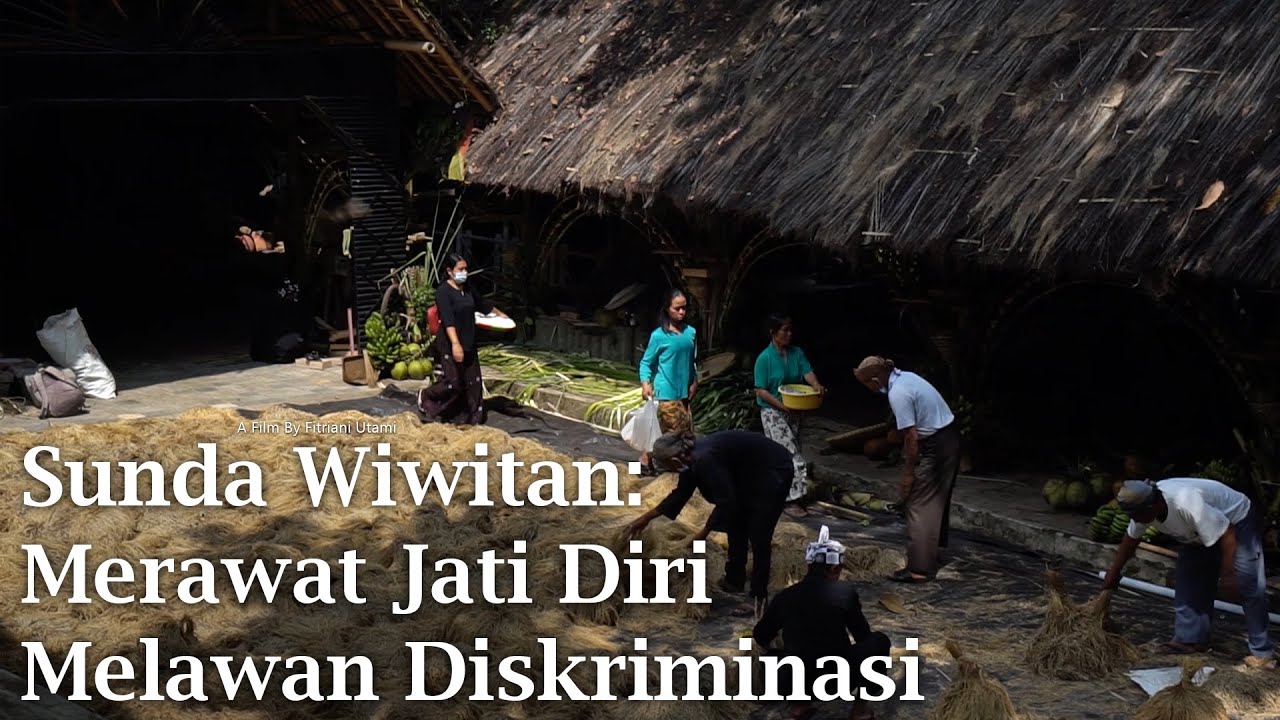Power and poverty in mining-affected indigenous communities- The Philippines.
Summary
TLDRIn this heartfelt discourse, community members emphasize the profound connection between their identity and ancestral lands. They discuss the vital role of the environment in their livelihoods, stressing that the land is alive and integral to their culture. The narrative reveals the devastating impacts of illegal mining activities and deforestation, prompting a collective effort to restore their lush forests through sustainable practices. The women of the community take a leading role in advocacy, drawing on indigenous rights laws to protect their heritage and ensure a peaceful future for their descendants.
Takeaways
- 🌍 The land is vital for the community's survival and is seen as a source of life.
- 🌿 The elders emphasize that separating the indigenous people from their land is equivalent to death.
- 🪨 The community faces challenges from illegal mining and destruction of their resources.
- 🌳 Efforts are being made to restore the environment by establishing nurseries.
- 👩👩👧👦 Women, especially elder women, play a crucial role in community leadership and activism.
- 🕊️ The community aims to prevent violence and negative events through dialogue and unity.
- 📜 The Indigenous Peoples Rights Act (IPRA) provides legal backing for their ancestral land claims.
- 💪 The community is determined to stand against external pressures and defend their rights.
- ⚖️ The script highlights the importance of proper legal processes when dealing with ancestral lands.
- 🚫 There is a strong rejection of exploitation and a call for respect towards indigenous rights.
Q & A
What is the significance of land according to the speaker?
-The speaker emphasizes that land is vital as it is considered a source of life and is integral to their identity and culture. They believe that separating indigenous people from their land would lead to their demise.
How does the speaker describe their connection to the land?
-The speaker describes a deep connection to the land, referring to it as 'life' and mentioning that it provides for them through resources like medicinal plants and other means of livelihood.
What challenges are faced by the community regarding land use?
-The community faces challenges from illegal mining activities and deforestation, which disrupt their livelihoods and threaten their ancestral lands.
What actions are being taken by the community to protect their environment?
-The community is taking steps to restore their forests by establishing nurseries and working together to replant trees, demonstrating their commitment to environmental conservation.
What role do women play in the community's efforts to protect their land?
-Women, especially the elders, play a crucial role in advocating for peace and guiding the community's actions to prevent violence and promote sustainable practices.
What laws or acts do the community rely on to assert their rights?
-The community relies on the Indigenous Peoples' Rights Act (IPRA) or Republic Act No. 8371, which supports their claim to ancestral land and mandates proper processes for land acquisition.
What is the community's perspective on the attitudes of outsiders toward them?
-The community feels marginalized, as outsiders perceive them as only 'indigenous people' without recognizing their rights and contributions to the community.
How does the speaker describe the current state of their elders and men in the community?
-The speaker indicates that the elders and men are exhausted from fighting for their rights and are willing to sacrifice their lives to protect their ancestral land from mining operations.
What does the speaker hope for the future of their community?
-Despite the challenges, the speaker expresses hope for the future, believing in the strength of their community and their ability to reclaim and protect their ancestral lands.
What is the significance of the phrase 'the land is alive'?
-This phrase underscores the belief that the land is a living entity that is integral to the identity and survival of the indigenous people, symbolizing the interdependence between them and their environment.
Outlines

Cette section est réservée aux utilisateurs payants. Améliorez votre compte pour accéder à cette section.
Améliorer maintenantMindmap

Cette section est réservée aux utilisateurs payants. Améliorez votre compte pour accéder à cette section.
Améliorer maintenantKeywords

Cette section est réservée aux utilisateurs payants. Améliorez votre compte pour accéder à cette section.
Améliorer maintenantHighlights

Cette section est réservée aux utilisateurs payants. Améliorez votre compte pour accéder à cette section.
Améliorer maintenantTranscripts

Cette section est réservée aux utilisateurs payants. Améliorez votre compte pour accéder à cette section.
Améliorer maintenantVoir Plus de Vidéos Connexes

Sunda Wiwitan: Merawat Jati Diri, Melawan Diskriminasi (2022) | Film Dokumenter Pendek | Kabar SEJUK

Suku Dayak Pitap Jaga Tanah Adat, 26 Tahun Melawan Serbuan Tambang | People

Why theater is essential to democracy | Oskar Eustis

WIKITONGUES: Suri speaking Yiddish

part 1

Muslims Cheating Welfare | Mohamed Hoblos
5.0 / 5 (0 votes)
